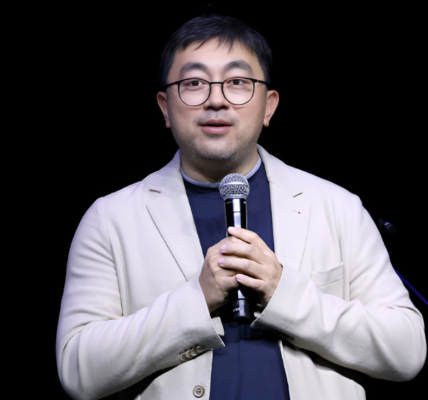
In a pivotal moment for artificial intelligence (AI), U.S. Commerce Secretary Gina Raimondo emphasized the importance of cautious innovation, stressing that AI’s rapid advancements should be tempered with careful consideration of its consequences. “AI is a technology like no other in human history,” Raimondo stated in San Francisco. “Advancing AI is the right thing to do, but advancing as quickly as possible, just because we can, without thinking of the consequences, isn’t the smart thing to do.”
Her remarks came during the inaugural gathering of the International Network of AI Safety Institutes (IN-AISI), a coalition of safety-focused AI organizations from nine nations and the European Commission. The event, organized by the U.S. Departments of Commerce and State, brought together experts from government, academia, industry, and civil society to address the risks posed by increasingly powerful AI systems.
Raimondo set the tone for the discussions, urging participants to prioritize two principles: “We can’t release models that are going to endanger people,” she said, adding, “Let’s make sure AI is serving people, not the other way around.”
This meeting marked a significant step forward in international cooperation on AI governance. The U.S., U.K., and other nations had already launched their own AI Safety Institutes (AISIs) to equip governments with the technical tools needed to evaluate cutting-edge AI models. By May, during a subsequent AI summit in Seoul, the network had expanded to include institutes from countries including the U.S., U.K., Australia, Canada, Japan, South Korea, Singapore, France, and Kenya.
The network’s mission is clear: to foster global technical collaboration on AI safety, facilitating a shared understanding of risks and mitigations that can help ensure AI’s benefits are distributed equitably. A joint statement from the network outlined their goals of creating an informed, collaborative approach to AI safety and helping countries at all stages of development understand and manage these risks.
National Security Focus
In a related move, the U.S. AISI unveiled a new government taskforce, the Testing Risks of AI for National Security (TRAINS) Taskforce, aimed at addressing national security risks related to AI. TRAINS will focus on issues such as radiological and nuclear security, cybersecurity, critical infrastructure, and military capabilities. With representatives from the Departments of Defense, Energy, Homeland Security, and Health and Human Services, the taskforce will assess the growing implications of AI on public safety and security.
While the U.S. leads the charge on AI safety, tensions remain high between the U.S. and China, which notably did not participate in the AI safety network. In a pre-recorded message, Senate Majority Leader Chuck Schumer underscored the need to prevent China from setting global AI regulations. This highlights the ongoing geopolitical stakes tied to AI’s development.
AI’s Future Risks and Opportunities
Experts are increasingly concerned about the potential for AI systems to exceed human cognitive capabilities. Geoffrey Hinton, a Nobel laureate in physics for his AI work, and Dario Amodei, CEO of Anthropic, warned that the development of Artificial General Intelligence (AGI)—systems with human-level cognitive abilities—could lead to uncontrollable risks, including misuse by malicious actors and severe consequences for global security. Amodei, who anticipates AGI-like systems could emerge as early as 2026, stressed the need for mandatory testing to manage these emerging risks.
In the meantime, practical steps in international collaboration are progressing. The U.S. and U.K. AISIs recently shared findings from their evaluation of Anthropic’s Claude 3.5 Sonnet, highlighting concerns that safeguards designed to prevent harmful uses of AI could be routinely circumvented. This finding underscores the challenges of ensuring that even advanced AI models are reliably safe and secure.
Shaping AI’s Future
As the global community accelerates its efforts to manage the risks of AI, priorities have emerged for future collaboration. These include managing the dangers of synthetic content, testing foundational AI models, and conducting comprehensive risk assessments. Ahead of the event, the U.S. and other governments committed $11 million in funding to support research into mitigating the risks associated with synthetic content, such as child exploitation and fraud.
The drive for international cooperation on AI safety is gaining momentum, with upcoming conferences, including the U.K. AISI’s San Francisco event, continuing the push for stronger safety frameworks. France’s AI Action Summit, set for February 2025, will gather international leaders to discuss AI governance as the technology rapidly advances.
For Raimondo, the message is clear: ensuring the safety of AI is essential for fostering trust and driving further innovation. “Safety breeds trust. Trust speeds adoption. Adoption leads to more innovation. We need that virtuous cycle,” she said, emphasizing the importance of balancing progress with responsibility.
As AI continues to evolve, its impact on national security, society, and the economy will require unprecedented global cooperation—and the U.S. is committed to leading that charge





